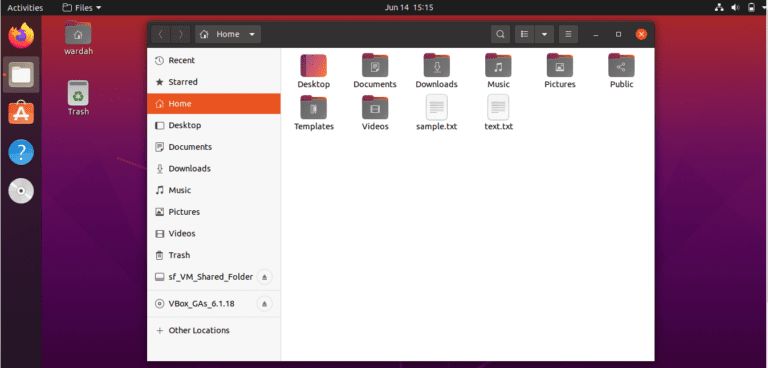

Sometimes, when we move gigantic files, we need some kind of an indicator that we can use to track the progress of the move operation. However, by default, it doesn’t have the ability to show progress to the user. Note: you can use wild cards for the remove command to delete multiple file. The mv command is the most widely used tool for moving files on Linux.rm file file.bak – to delete multiple files use rm followed by file name separated by spaces.rm file – to delete a file use rm followed by file name.cp file file.bak – to copy a file use the cp command followed by the original file, space and name of copy.BE CAREFUL because you can move AND rename a file at the same time. mv file folder/file – to move files use mv command followed by original file name, space and then new location and file name.mv file file2 – to rename a file use mv command followed by original file name, space and then new file name.

After : the destination path is specified. Remoteusername is the username for remote host 10.13.13.11. You can also use the locate command to find files by their name. To transfer files to a remote host, use the command below: scp sourcefile.txt remoteusername10.13.13.11:/path/to/remote/directory In the command above, sourcefile.txt is the file to be copied. The find command is one way to search for files. As an administrator if you do not own the files you are interacting with you may have to add sudo to the beginning of the command to give yourself the required privileges. Assuming you would like tips on finding and moving files in Linux: There are a few ways to find files in Linux. Renaming files uses the same command as move. Renaming, moving, copying, and deleting files in Linux command line is easy.


 0 kommentar(er)
0 kommentar(er)
